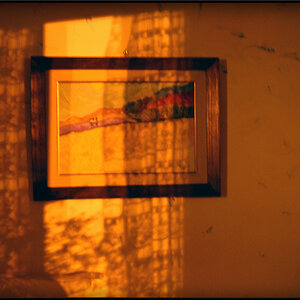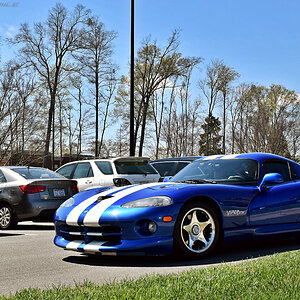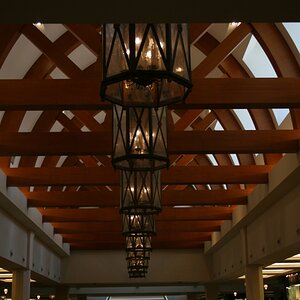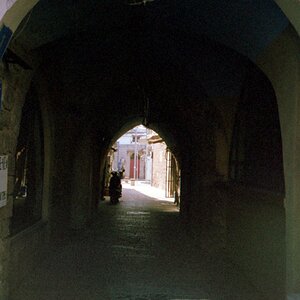- Joined
- Jun 2, 2013
- Messages
- 4,493
- Reaction score
- 4,141
Thanks for this. I have no knowledge when it comes to film, and this is really great to know. Whenever I do a black and white conversion, I would always try to do a "pure" black and white. I once received a critique in this forum where someone commented that my black and white looked yellow, and ever since I looked at adding color as a black and white "sin". Learning even the little bit that you've shared has inspired me to experiment more and start using subtle color casts in my black and white images to manipulate the mood. I even have a recent shoot that I would love to try this out on.In making a fine B&W print in the darkroom the color of the print is an important consideration. A completely neutral B&W print is generally frowned upon. We have all kinds of chemical tricks we employ to subtly shift the color of B&W prints. Starting with the paper. The silver salts on the paper are usually a combination of bromide and chlorobromide salts. A pure bromide paper will process to a bluish black color while a pure chlorobromide paper will process to a warm, olive green color. Variations in the developing chemistry and then toning of the print after processing also allow us to shift the final color. The result should be subtle in most cases but certainly it should have an influence. A cold blue black bromide emulsion processed with a pinch of benzotriazole in the developer for a steel and concrete architectural shot or a chlorobromide emulsion with a little potassium bromide in the developer and some selenium before washing for a portrait.
Joe



![[No title]](/data/xfmg/thumbnail/42/42253-fef7e43227f484b1a95dd6d85c03bd40.jpg?1619740063)




![[No title]](/data/xfmg/thumbnail/37/37602-1ef8dbb1c2d0e4ff347ee65d328c3603.jpg?1619738147)




